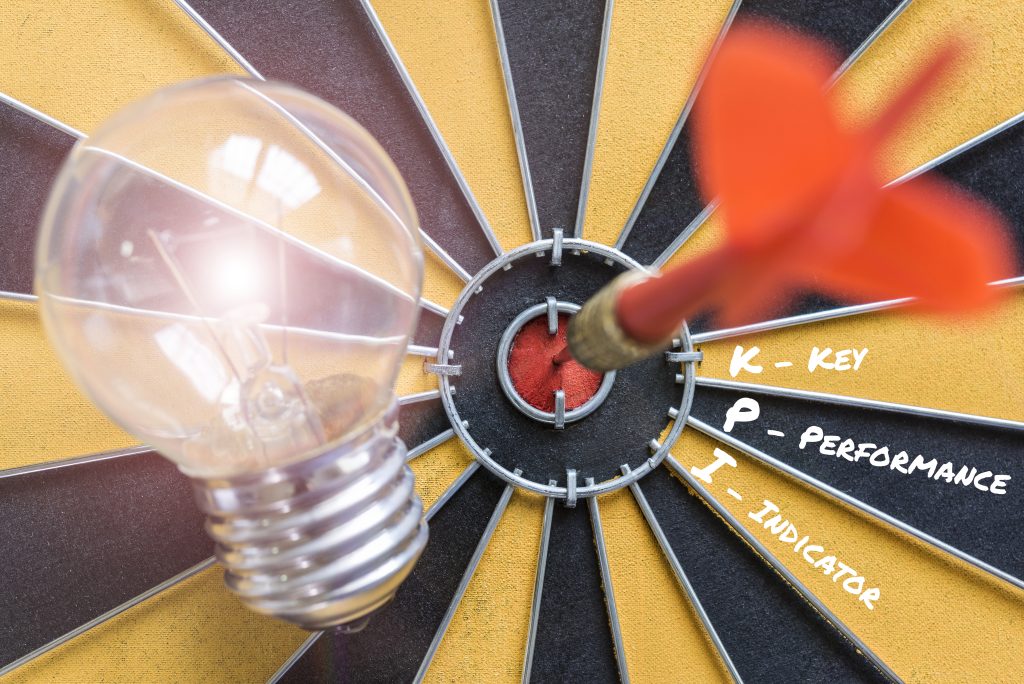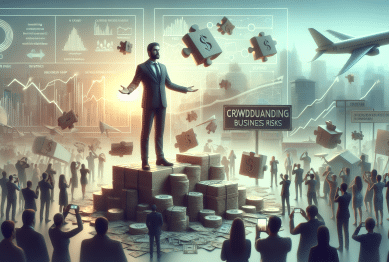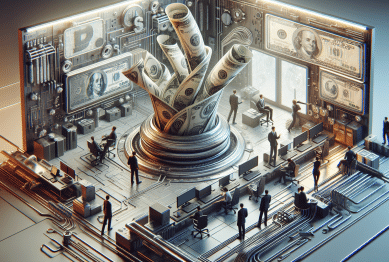In today’s fast-paced business world, relentless grind has long been mistaken for productivity. Yet research is ushering in a new paradigm: incorporating well-timed, strategic breaks—both short and long—can supercharge performance across finance, trading, consulting, and leadership roles. In fact, the power of strategic breaks has emerged as a hot topic in Business & Finance, with companies rethinking how rest can actually fuel output, decision-making, and well-being.

Why Breaks Are Not the Enemy of Productivity
Busting the Always-On Myth
-
Harvard Business Review highlights how short, purposeful breaks don’t detract from performance, but instead enhance focus and mental energy.
-
Business News Daily reports that 5-minute micro-breaks increase energy and goal completion, demonstrating better outcomes than pushing through fatigue.
Evidence from Meta-Analysis
A comprehensive review of 22 studies in PLOS ONE found micro-breaks—pauses under 10 minutes—significantly reduce fatigue and increase vigor, though their effect on output varies depending on task type. However, longer, well-timed breaks notably enhance performance when cognitive load is high.
Science-Backed Benefits of Strategic Breaks
-
Boosted Vigor, Reduced Burnout
Micro-breaks refresh mental energy, easing cognitive overload. The PLOS meta-study found average effect sizes of d ≈ 0.35–0.36 for fatigue reduction and vigor improvement . -
Sharper Focus & Decision Quality
Strategic pauses interrupt mental strain cycles. According to research cited in Time, productivity peaks when micro-breaks are paired with longer intervals—think 90-minute focus sessions. -
Unleashed Creativity & Problem-Solving
Daniel Pink’s “Power Hours” model—featured in Financial Times—pairs deep work with purposeful breaks matched to individual energy rhythms, boosting both creativity and decision-making. -
Cultural and Financial ROI
Corporate wellness studies show break-positive environments correlate with improved employee engagement, lower healthcare costs, reduced absenteeism, and enhanced sustainable performance.
The Emerging Trend: Two-Tiered Strategic Breaks
High performers are now embracing a dual-layered model of rest:
Tier 1: Micro-breaks (30 seconds – 5 minutes)
-
Ideal for eye/neck strain relief, hydration, or brief stretching.
-
Optimal takeaways: interrupt fatigue swiftly and maintain momentum.
Tier 2: Mid-length breaks (10–20 minutes)
-
Engage in walking, light cardio, or mindful breathing.
-
HBR and Business News Daily cite these as effective for energy restoration and mental reset.
Add-on: Deep Pause (30–60+ minutes)
-
A full lunch break, nap, or nature walk aligns with findings that longer rest often benefits peak tasks. The PLOS ONE review explicitly notes longer breaks boost performance after intense tasks .
A Step-by-Step Guide: Implementing Strategic Breaks
1. Audit Your Rhythm
Start by tracking work and breaks for a week. Do you slump at certain times? Note when focus dips.
2. Schedule “Break Zones”
-
90-Minute Work Blocks: Follow with a 15–20-minute mid-break.
-
Micro-Break Prompts: Set reminders every 30 minutes.
-
Daily Deep Reset: Schedule a non-negotiable longer break—walk, chat, or nap.
3. Define Break Activities
Use research-backed methods: walk outside, chat socially, stretch, or relax—all proven restorative.
4. Lead by Example
High-performance cultures thrive when leaders take breaks themselves. Modeling is essential to shift norms.
5. Measure Outcomes
Track not just time, but mood, error rates, creative output, and decision quality. Over weeks, signs should include sharper thinking, steadier energy, and better team morale.
Pitfalls to Avoid
-
Guilt and Cultural Resistance: Data shows high performers often skip breaks due to workplace norms. Counter this with leadership modeling and clear policies.
-
Mindless Pauses: Checking email during breaks offers no recharge. True breaks disconnect from work .
-
One-Size-Fits-All: Personalization matters—some need longer midday rests, others thrive on short bursts. Align breaks with task demands and energy states.
Real-World Examples
-
Financial Trading Team: Implemented micro-breaks and midday walks; saw improved clarity, lower mistakes, and enhanced team cohesion.
-
Consulting Firm: Shifted to 75/33 break heuristics during crunch periods—aligned with DeskTime’s study—and saw sustained output with less burnout.
-
Leadership Development Program: Daniel Pink-inspired workshops teach executives to pair “power hours” with restorative social breaks, boosting strategic insight.
Why the Trend Is Gaining Momentum
-
Tech-Dwelling Fatigue: Screen-centric roles fuel burnout; employees crave tangible countermeasures.
-
WFH Dynamics: More autonomy allows flexible breaks—but blurred boundaries increase fatigue risk unless self-regulated.
-
Wellness-Driven ROI: Organizations investing in productivity-enhancing strategies, including breaks, see real returns in performance and retention.
Conclusion
Strategic breaks are no longer optional—they’re essential to sustaining high performance in Business & Finance. Both micro and mid-length pauses offer measurable gains in focus, creativity, and morale. Companies that champion this shift win competitive edge by humanizing productivity. Start small by recalibrating your work cycle: work strategically, then break intentionally.
References
- Harvard Business Review – “How to Take Better Breaks at Work, According to Research.” https://hbr.org
- PLOS ONE – “Short, Structured Pauses Boost Vigor and Reduce Fatigue.” https://journals.plos.org
- Business News Daily – “How ‘Micro-Breaks’ Can Help You Feel Better at Work.” https://www.businessnewsdaily.com









